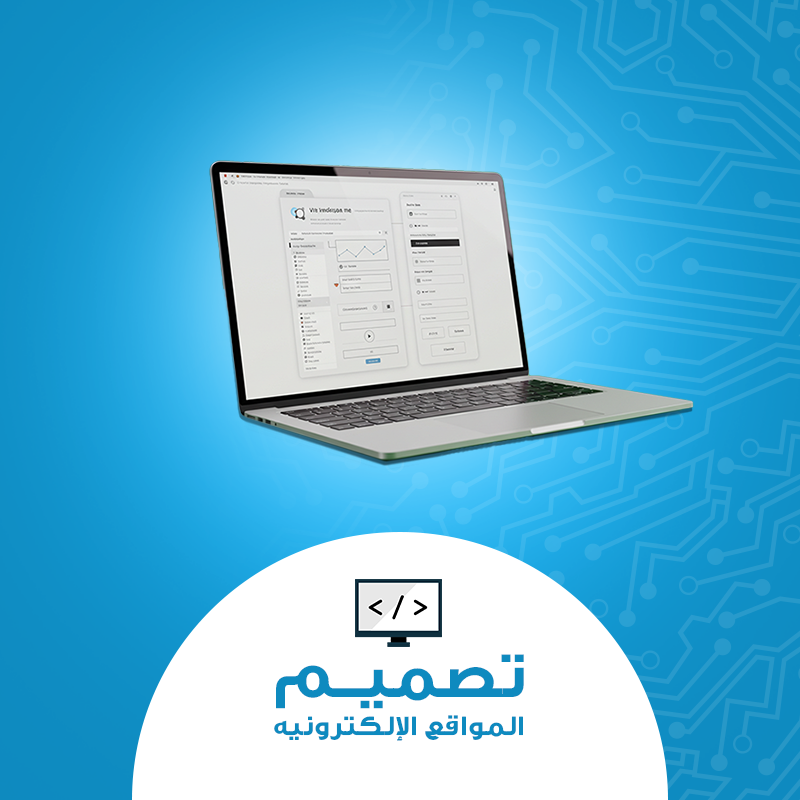Website Design: Crafting Engaging Digital Experiences
Introduction
A website is often the first touchpoint between a business and its audience. In today’s digital-first world, website design is more than visual appeal—it’s about creating seamless, user-friendly experiences that inspire trust, engage visitors, and drive action. Whether it’s an e-commerce platform, a business website, or a personal blog, great design transforms a website into a powerful communication and sales tool.
What is Website Design?
Website design is the process of planning, structuring, and building the look and feel of a website. It blends creativity and functionality, focusing on both aesthetics (colors, typography, images) and usability (navigation, speed, accessibility).
A successful website design:
-
Reflects the brand identity.
-
Provides clear, intuitive navigation.
-
Works flawlessly across devices and screen sizes.
-
Encourages visitors to take action (buy, subscribe, contact).
Core Elements of Website Design
1. Layout and Structure
The foundation of a site—content must be organized logically with a clean hierarchy for easy navigation.
2. Color and Typography
Colors set the mood, while fonts influence readability and brand perception. Consistency across pages strengthens brand recognition.
3. Visual Content
High-quality images, videos, and graphics enhance storytelling and capture user attention.
4. Navigation
Menus and buttons should be straightforward. Complex navigation frustrates users and increases bounce rates.
5. Mobile Responsiveness
With most users browsing on mobile, responsive design ensures a smooth experience on all devices.
6. Loading Speed
Fast-loading websites keep visitors engaged and rank better on search engines.
7. Calls-to-Action (CTAs)
Strategic CTAs—like Shop Now, Contact Us, or Subscribe—guide users toward conversions.
UX and UI: The Pillars of Modern Web Design
-
User Experience (UX): Focuses on usability, accessibility, and how users interact with the site.
-
User Interface (UI): Covers visual elements such as buttons, icons, spacing, and style.
A balance of UX and UI ensures a website that looks good and functions seamlessly.
Tools and Technologies for Website Design
-
Design Tools: Figma, Adobe XD, Sketch, Canva.
-
Website Builders & CMS: WordPress, Wix, Squarespace, Shopify.
-
Development Technologies: HTML, CSS, JavaScript, React, Bootstrap.
-
Optimization Tools: Google PageSpeed Insights, SEMrush, GTmetrix.
Best Practices in Website Design
-
Keep layouts simple and consistent.
-
Use whitespace to improve readability.
-
Prioritize accessibility for all users.
-
Make designs SEO-friendly for visibility.
-
Update content and features regularly.
Why Website Design Matters
Good design directly impacts how users perceive and interact with a brand. A well-designed website can:
-
Build trust and credibility.
-
Improve user engagement and conversions.
-
Boost search engine rankings.
-
Differentiate a brand from competitors.
Conclusion
Website design is not just about creating something beautiful—it’s about delivering digital experiences that work. By blending creativity with usability, businesses can craft websites that attract visitors, keep them engaged, and convert them into loyal customers. Investing in strong website design is no longer optional—it’s a necessity for growth in today’s digital economy.

